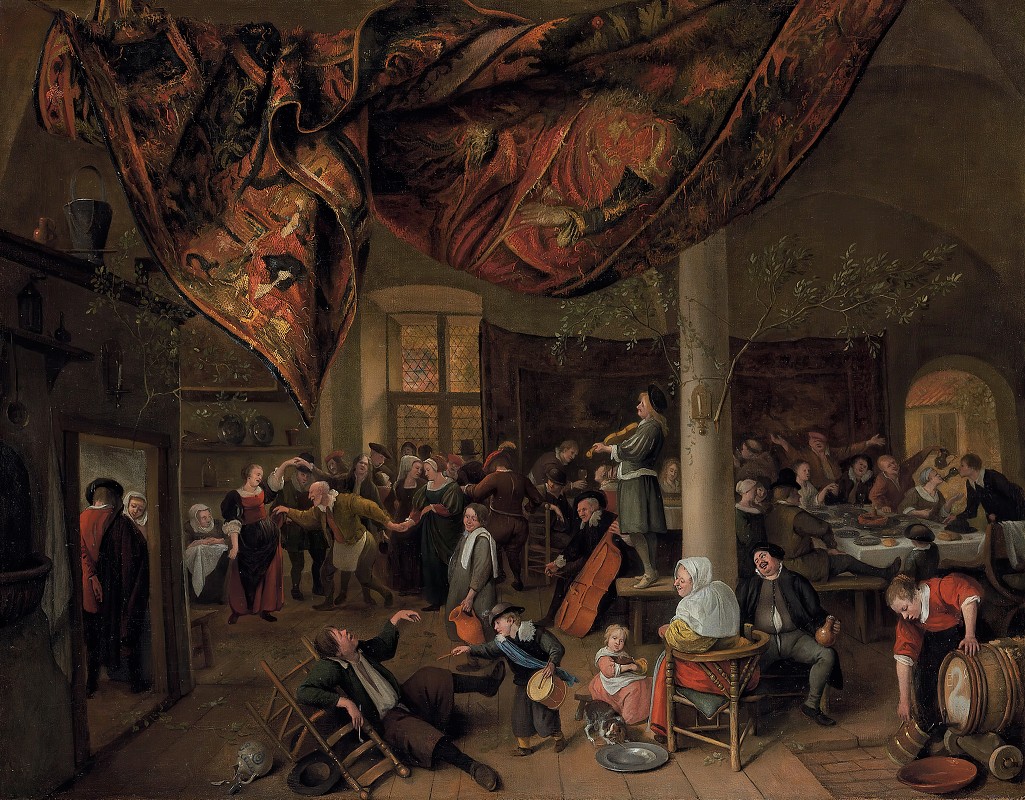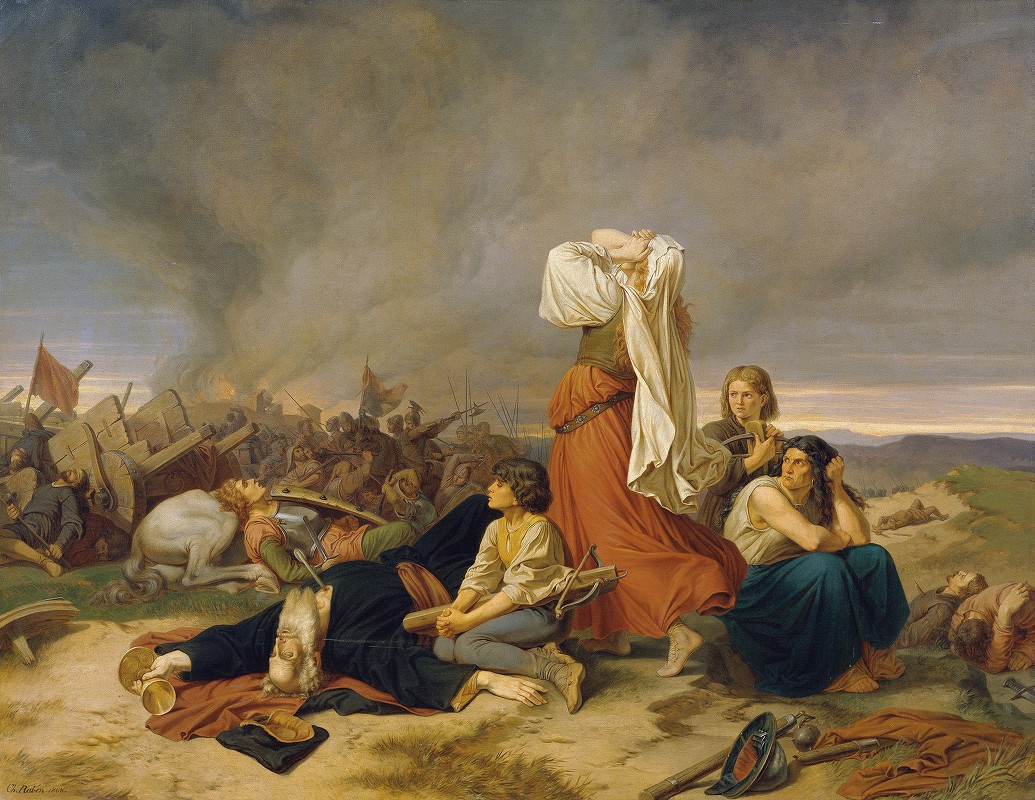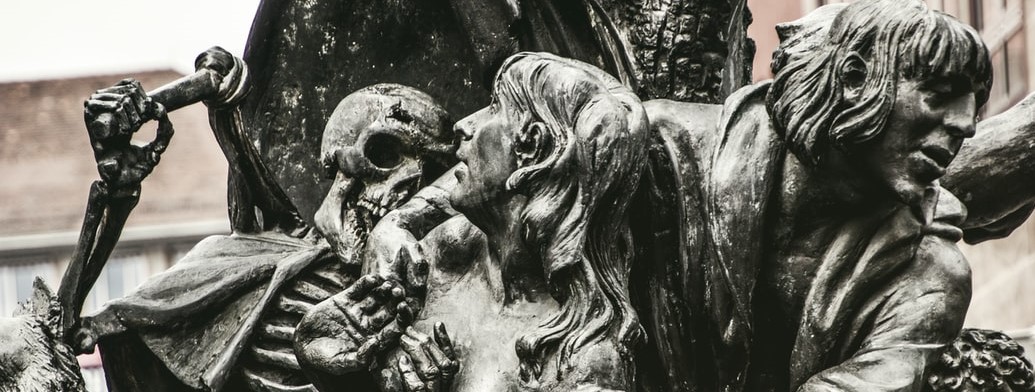Kredasene Clans
These geopolitical communities ammounted to little more than gangs of savages, bound together by their heathen customs and beliefs, serving in the shadow of those Perdition beasts they called dragons.The Kredasene clans were kinship groups, each led by an hereditary clan häuptlinge (chief). Prior to the Raskvaerii invasion of Kredashmi, the country was divided up into seven geographic regions, which each belonged to a certain clan. Kredashmi's six former clan territories cover roughly the same geographic areas as the administrative regions of the modern day, with the exception of the newly created province of Karrkiy Podkhod (the Karr's Approach). Towards the end of the Hubraic Era, these clans united behind a single König, drawn from the leaders of the Rhalen clan, who were considered chief amongst their number.
History
For the early part of the Hubraic Era, the history of the clans was largely oral, passing from elders to children down through the generations. While some of this history was written down in the aftermath of the Great Confiscation, historians think that around only 20% of the histories were recorded. The rest either died with clansmen during the Raskvaerii Invasion of Kredashmi, or were surpressed and eventually lost during the

Leather Bound Books by Chris Lawton
Bonds of Kinship: Clan Membership and Organisation

A Village Wedding by Jan Steen
While clan chiefs did have extensive families, not everyone who claimed clan status was blood relation to the chief. Mostly, clan membership was based on a delicate relationship between communities and towns, who looked to their local chiefs as their lords and protectors, while also working the lord's lands and paying taxes to him. The clan chief could also call fit, elligable men over the age of fifteen to battle with him against rival clans.
The Arrival of the Dragons
It is believed that the dragons first came to Kredashmi 324 HE, blown to the shores during a violent storm. It is said that many of those who sheltered in Drachenruhebaai (or 'Dragonsrest Bay') were exhausted or injured, and were in no fit state to fight the Kredasene clansmen who approached to investigate the fires they had made to keep themselves warm.
After scouts sent word to him of the beasts' arrival, the Rhalen chieftan, Pieter van die

Dragon by Friedrich Justin Bertuch
The Creation of the Kredasene König

Dragon Helmet by Giovanni Battista Foggini
History has not recorded the date in which the clans agreed to make Jurrian van die Rhalen chief amongst their number, crowning him König. It has been suggested that in the three generations following the arrival of the dragons, the Rhalen family's alliance with the beasts led to a gradual lessening of aggression amongst the clans. Those of earned the favour of the Rhalens, or joined their families together in marriage, were rewarded with members of their clan being made dragon riders.
To Be Discovered...
- Any challenges to his rule?
- Perception of the new title of König by other Saeric countries?
- Dropping the 'van die' element of their surname to create the family name, Rhalen.
- The creation of the König's Dragons by Sefien Rhalen? Appointing Jurien Dunheuvelin to the position of Keeper of the König's Dragons.
Raskvaerii Invasion
When the Raskvaerii attacked Kredashmi, it was with the desire to root out the evil of the Raven from their country, and destroy the so-called 'perdition beasts' the Kredasene had formed such a close reliance on. Despite the use of dragons on the battlefields, the Kredasene did not possess as sophisticated military machinary.
The final battle of the invasion brought about the death of König Henryk. However, as was Kredasene military tradition (dating back to clan warware), when their könig was slain in

The Battle Of Lipan, 1434 (1868) by Christoph Christian Ruben
Type
Geopolitical, Clan



Excellent article, Well written with a great layout. Aemon